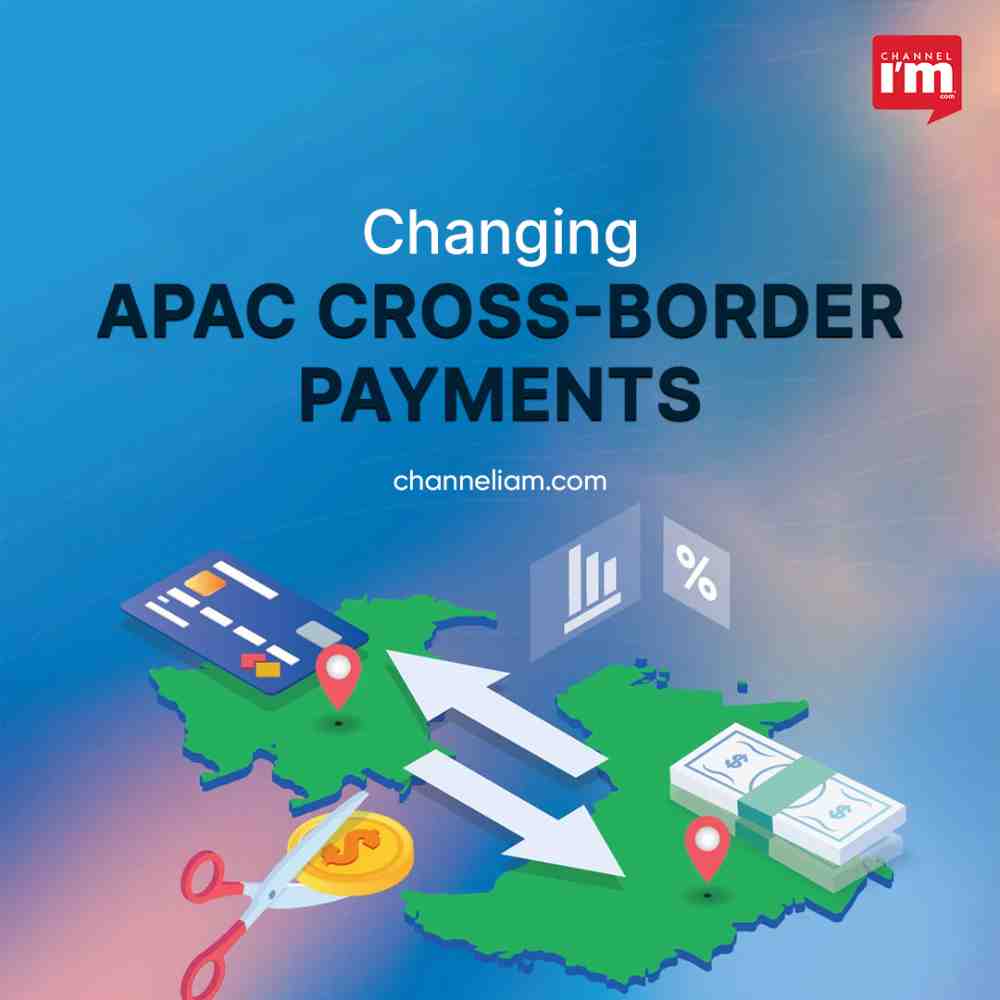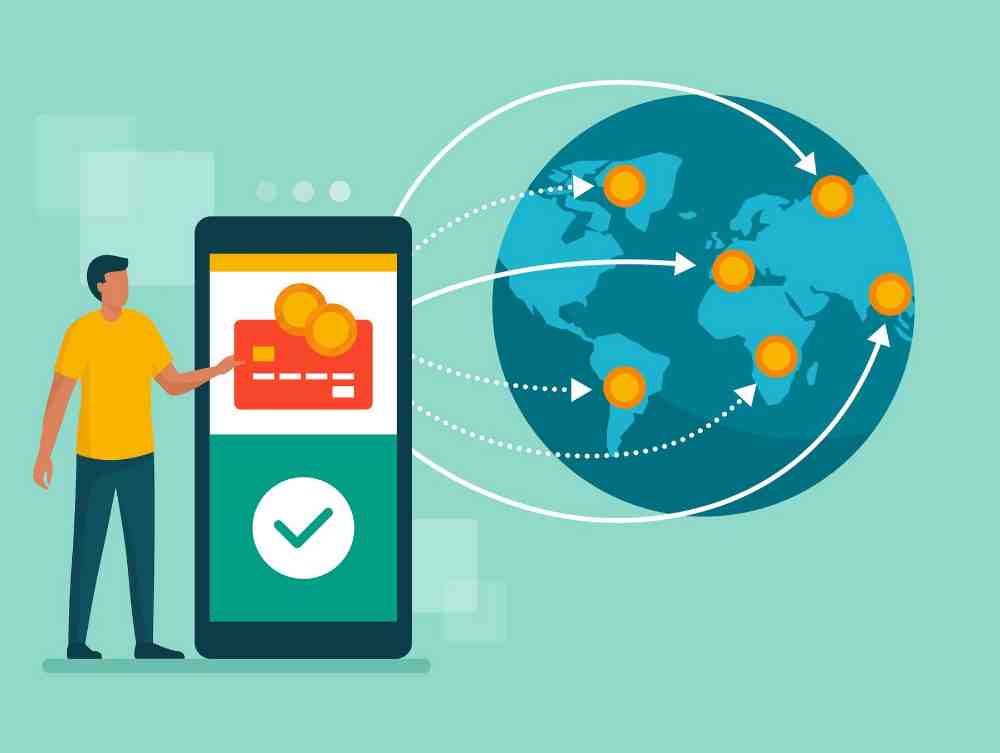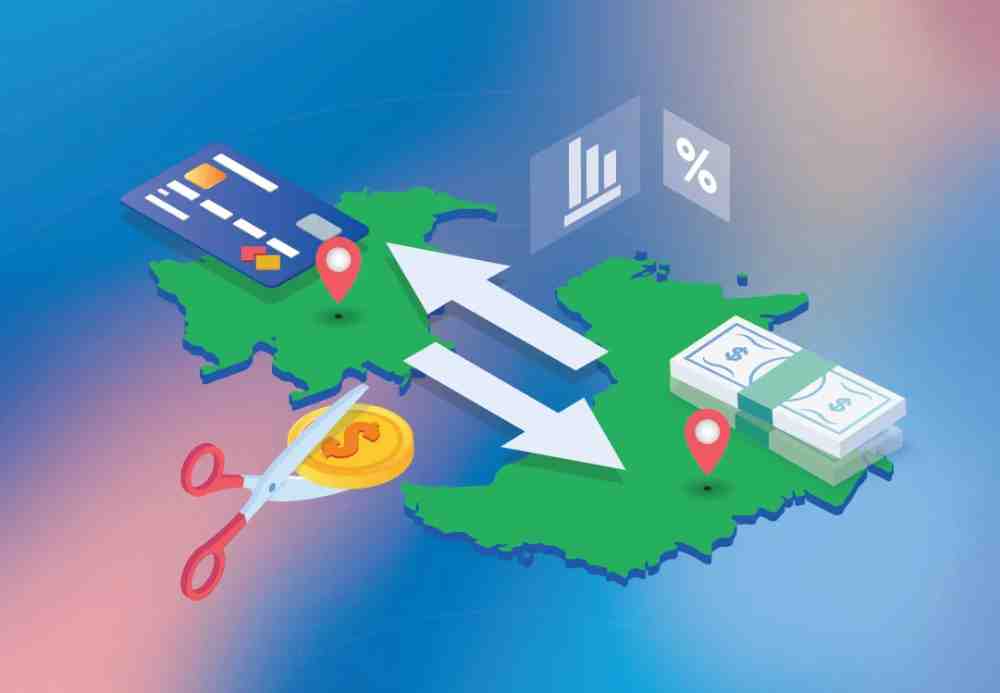The past decade has witnessed a remarkable transformation in the way we send money across borders, spurred by technological innovation and evolving macroeconomic trends. In particular, the Asia-Pacific (APAC) region has experienced rapid and dynamic changes in its peer-to-peer (P2P) remittances landscape, outpacing other regions in growth.

Seizing Opportunities in a Dynamic Market
Amid these shifts, banks, remittance service providers, and fintech companies are presented with significant opportunities. How can they harness these changes to better serve their customers in the ever-evolving cross-border payments ecosystem?
Surprising Growth in APAC Remittances

Data from Visa’s 2022 Global Market Sizing Analysis suggests a surprising trend in the Asia-Pacific region: a potential 7 percent year-on-year growth in remittance volume. This growth defies earlier expectations of declining flows due to the pandemic. A high rate of migration has resulted in a substantial number of Asian workers regularly sending remittances back to their families. India, for instance, received $89.4 billion in remittances in 2021, with expectations of reaching $100 billion in 2022, as reported by the World Bank.
The Role of Digital Transformation
Digital transformation has played a pivotal role in this remittance surge. “It’s no surprise that Asia-Pacific is one of the largest net-receive regions globally,” says Deepan Dagur, Vice President, Head of Visa Direct, Asia Pacific at Visa. “Asian students, comprising approximately 53 percent of foreign students worldwide, receive digital cross-border support from families, scholarship organizations, and other entities, facilitated by digital wallets and payment cards.”
The Era of “Microtised” Transactions
The increasing volume of payments is accompanied by a noticeable trend: the average transaction size is shrinking. Today, 90 percent of cross-border payments are valued at less than $100,000. This shift towards “microtisation” of payments can be attributed to technological advancements in P2P remittances, making it easier for consumers to access remittance services. A decade ago, when sending money overseas was more cumbersome and expensive, people tended to make larger, less frequent payments. However, the rise of app-based digital remittances has led to a surge in the frequency of cross-border transactions.
Embracing Digital Remittances
Visa’s recent research report, “Money Travels: 2023 Digital Remittances Adoption,” highlights that 43 percent of surveyed consumers in Singapore now use payment apps to send money at least once a month. “When transactions can be executed from a mobile app, with single-digit costs and same-day fund transfers, it’s easy to understand why transaction volumes have increased, albeit with smaller average transaction sizes,” notes Dagur.

Opportunities for Payment Providers
The evolving landscape of remittances presents a unique opportunity for payment service providers. They can develop infrastructures that cater to the changing nature of small-ticket, high-volume remittances. P2P remittance senders in Asia-Pacific are increasingly drawn to platforms that offer speed, local relevance, and appropriate fee structures. Providers capable of seamlessly handling the rising volumes of smaller, frequent cross-border remittances are poised for success. Visa Direct, for example, collaborates with payment businesses to enhance both domestic and cross-border money transfers with near real-time capabilities.
